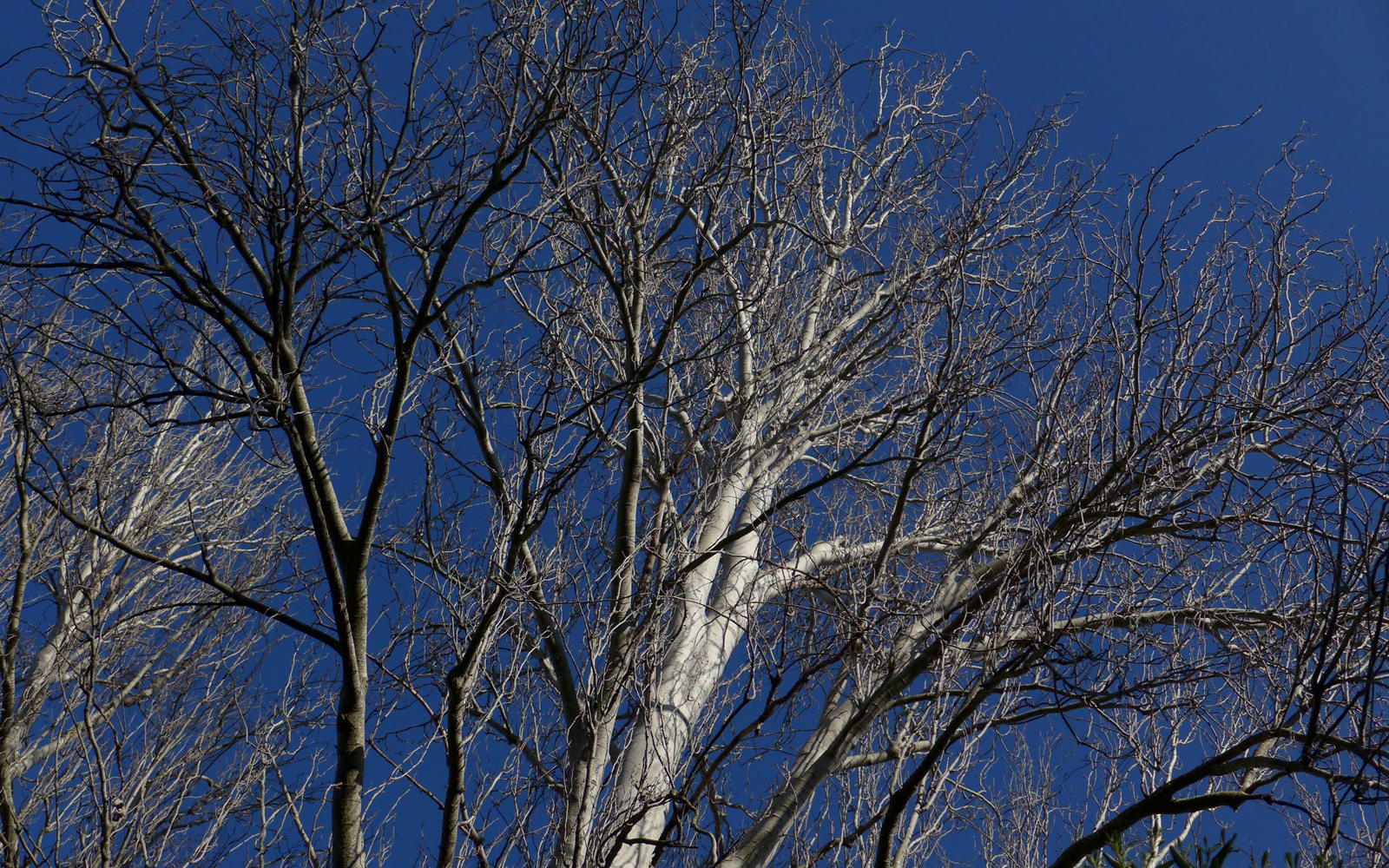

Why do some trees keep their leaves in autumn and winter?
Rosa Pinho, curator of the Herbarium, Department of Biology, University of Aveiro, explains the reasons why they no longer dominate Portuguese forests.
It is that that time of the year again, when leaves in golden, brown or red tones, swirl in the air. Branches become bare and leaves pile up under our feet.

“Leaves falling in autumn is a strategy plants use to protect themselves from the cold, reducing their energy expenditure as much as possible”, explains Rosa Pinho. “When there is less sunlight, the first change is that the leaf stops making chlorophyll. Due to this decrease in chlorophyll, other existing pigments become visible and the leaves turn yellow or red and end up falling.”
However, not all trees lose their leaves in autumn. For example, three-quarters of the trees in the Gulbenkian Garden retain their leaves. Among them are the cork and holm oak, laurel, arbutus, holly, boxwood, cherry and stone pine trees, among many others.
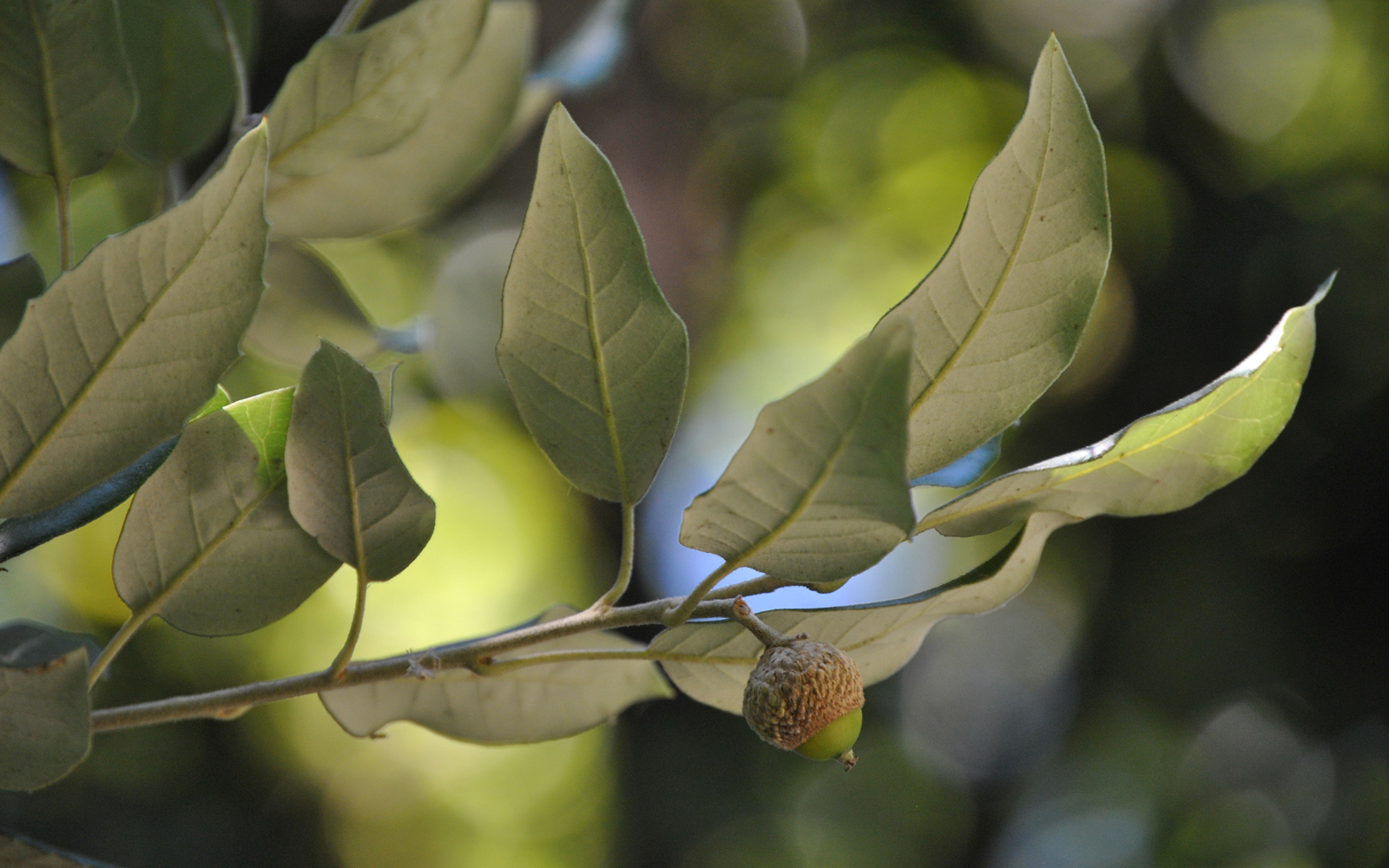
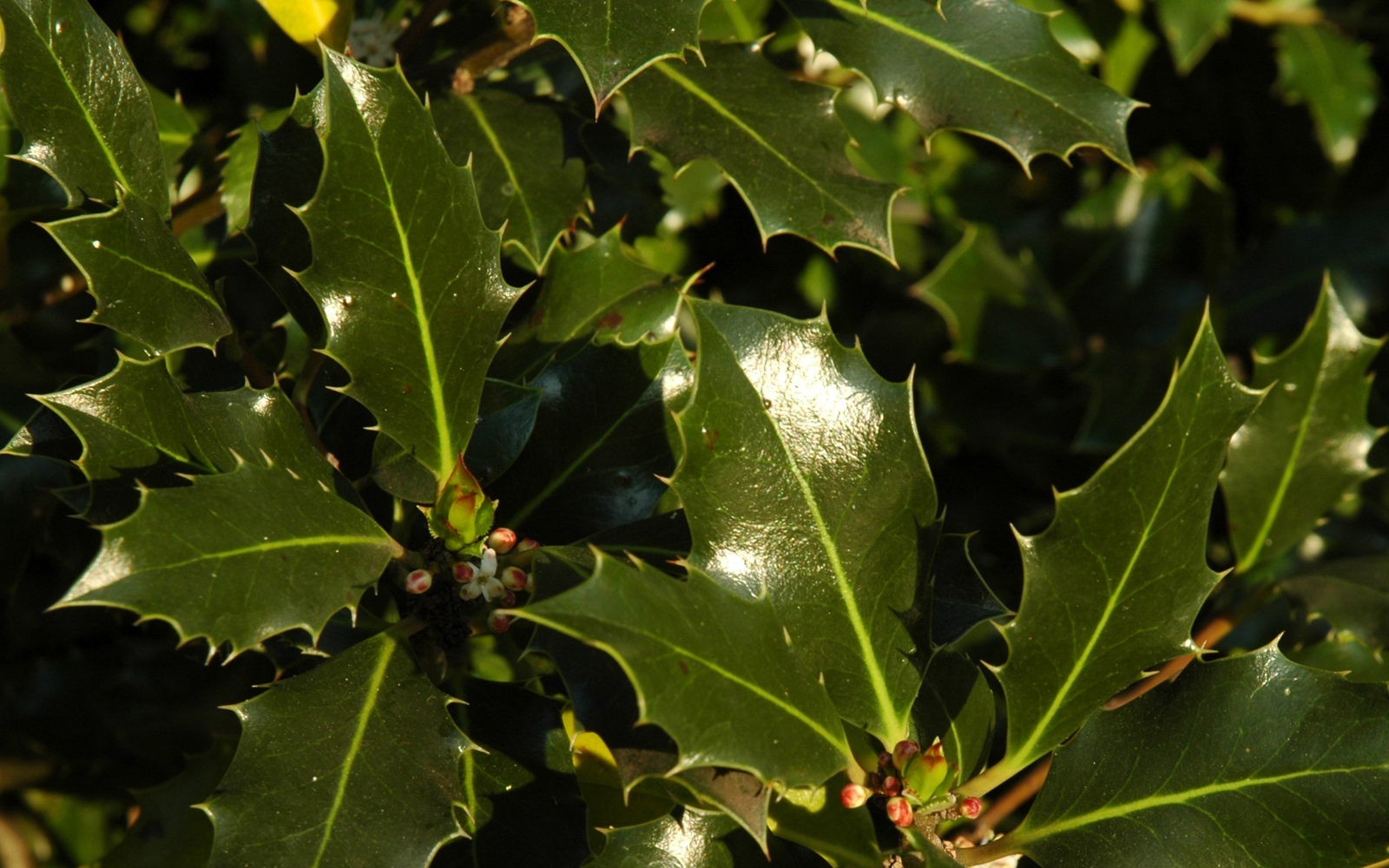

According to Rosa Pinho, the reason why these trees keep their leaves lies is the genetics of each species. “These trees grow all year round, albeit very slowly in winter” but it is not deciduous or persistent leaves that make a plant more or less resistant. “For example, under ideal conditions, holly trees (persistent leaf) can live for up to 300 years and oaks (deciduous leaf) for 1500 years”, underlines the researcher.

Leaves may have different characteristics. “The leaves of deciduous oaks such as the common oak, are thinner and larger than the leaves of persistent oaks such as the cork and holm oak which have more leathery leaves, due to the development of the sclerenchyma, which, in this case, protects these species from high temperatures in the summer.” The life span of leaves on persistent leaf trees varies considerably. “It varies from species to species and within the species itself. For example, in pine trees, adult needles can last from 18 months to 40 years, depending on the species. ”
From the laurel to the eucalyptus
In Portugal, most trees in native forests of the northern and coastal regions, are deciduous due to the influence of the Atlantic. In the south, where there is a strong Mediterranean influence, persistent leaf species predominate, although this has not always been the case. “Before the last ice age, which occurred during the Quaternary period, the forest in Portugal was designated an evergreen, with trees of persistent leaves where the Lauraceae Family (Laurel family – Laurus nobilis) dominated, hence the name Laurissilva forest:”, explains Rosa Pinho. At that time, our country had a humid subtropical climate but with the glacial ice, most species of the Laurissilva forest species on the mainland disappeared. Today, only a few relics remain, such as the laurel, strawberry, laurustinus and cherry trees. “On the islands of Madeira and the Azores, Laurissilva forests resisted because the water that surrounds them acts as a thermoregulatory so the effects of the cold glacier were not felt as strongly.”
“Over time, the climate became temperate and the forest that came to dominate was the Fagosilva, with trees of the family of fagaceae, such as oaks. The climate got colder and many of the species that came to dominate had adapted well due to the leaf shedding strategy”. This explains the distribution of persistent and deciduous trees in Portugal. “To the south, where the climate is warmer, are the persistent leaf oaks, such as the holm oak (Quercus rotundifolia) and cork oak (Quercus suber) and to the north are the deciduous oaks such as the Common oak (Quercus robur). “Today, the forest is no longer evergreen but a combination of both deciduous and persistent leaf species, most of which are considered relics of the Laurissilva. Unlike tropical rainforests, which have a less pronounced dry season and where temperature is not a limiting factor, deciduous temperate forests occur in regions with four marked seasons. “Trees in these type of forests tend to shed their leaves (implying weak metabolic activity), due to the lack of water during the winter, when ground temperature is below the freezing point”, adds Rosa Pinho.
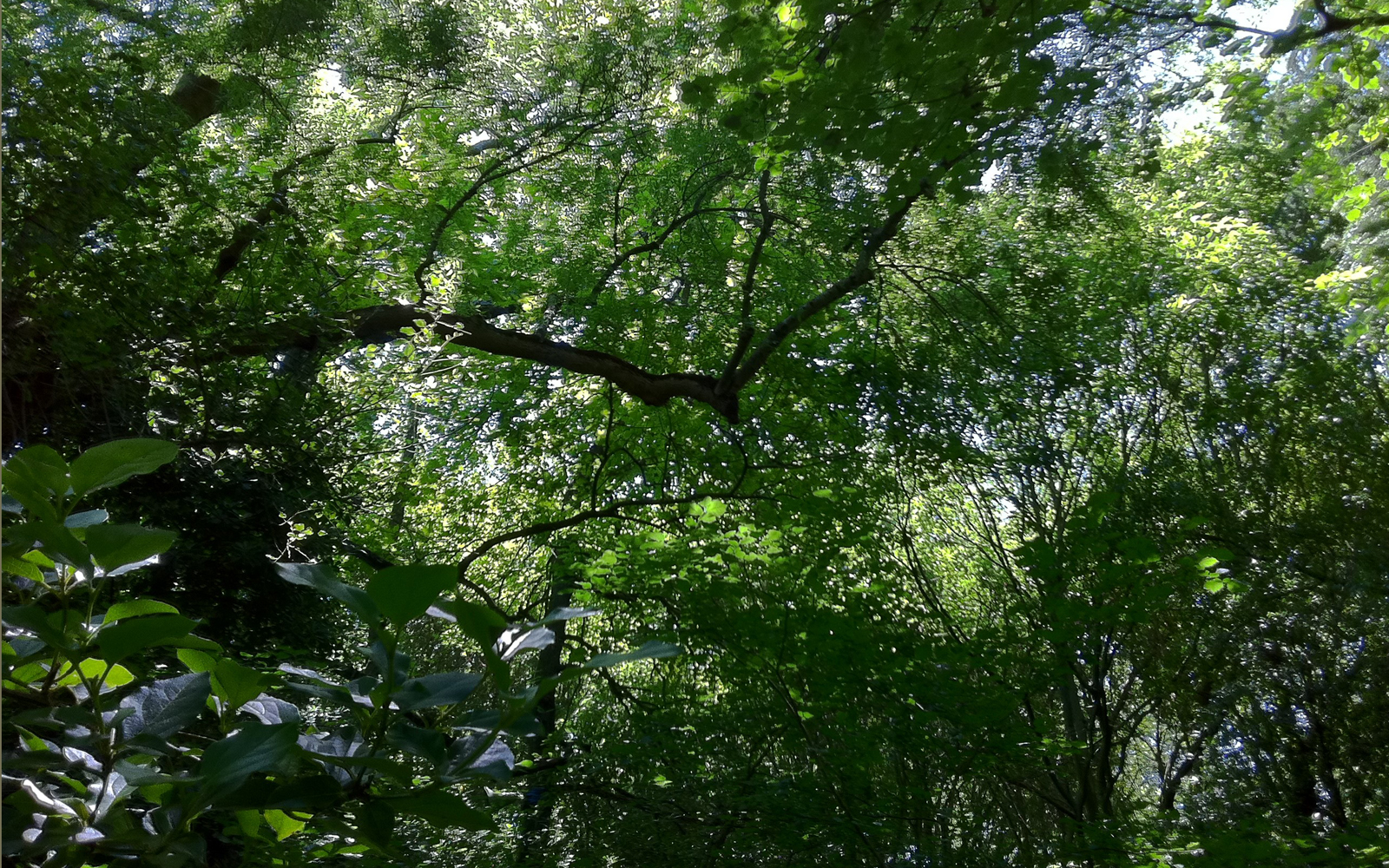

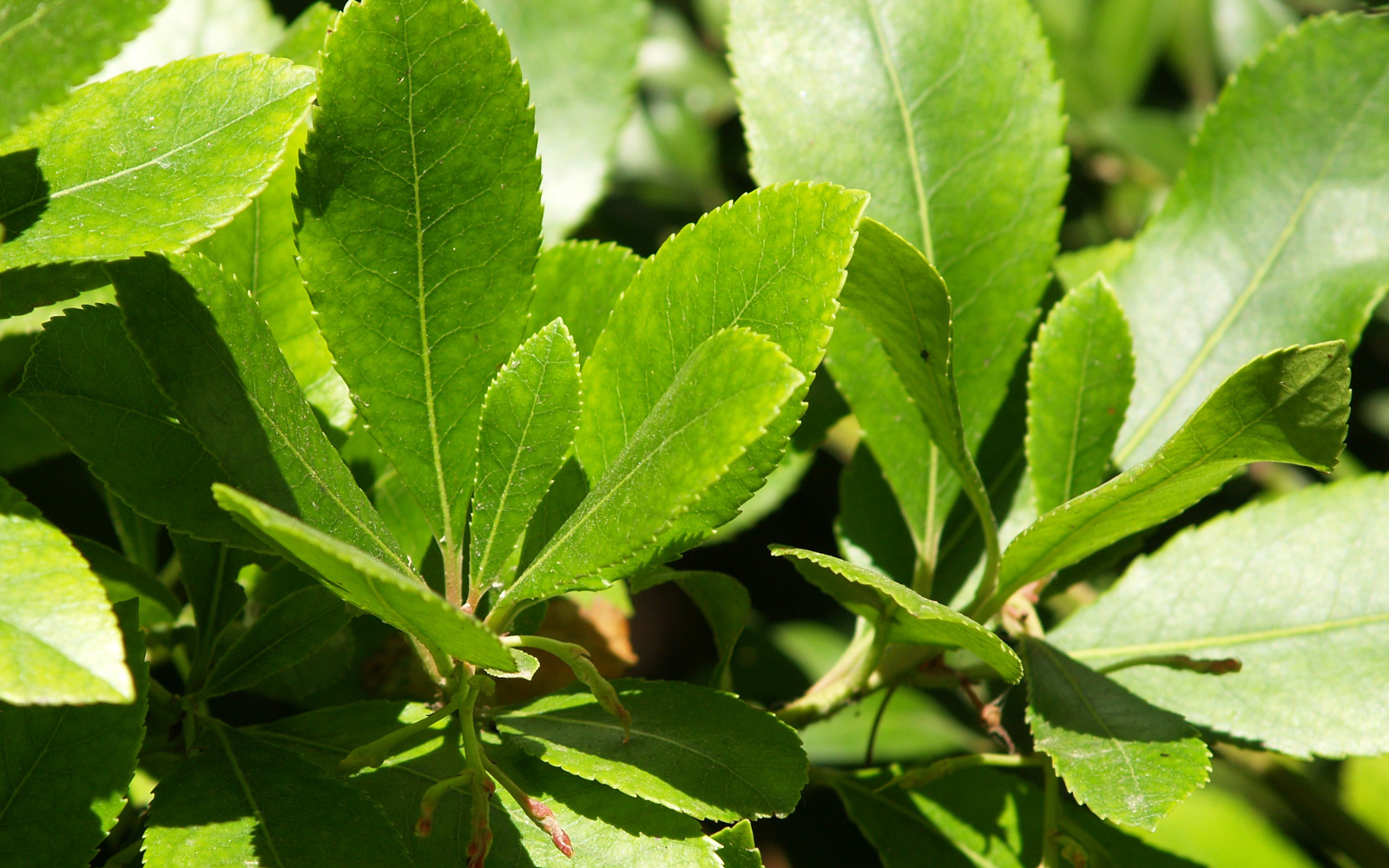

In the Northern Hemisphere, these forests occur throughout Europe, “in the form of dispersed fragments, because human action has transformed them into fields and meadows”. In Portugal, what remains of Fagosilva are fragmented hardwood forests. Current forests derive, in most cases, from monoculture afforestation due to the high economic value of wood in the production of goods for industry. The dominant forest systems are the cork oak and holm oaks, the pine and eucalyptus. The area occupied by invasive alien plant species is also increasing, namely with species of the genus Acacia, due to the abandonment of the land and fires.
Every month, throughout the year, Wilder magazine unveils some of the phenomena taking place in the Gulbenkian Garden and the natural world.